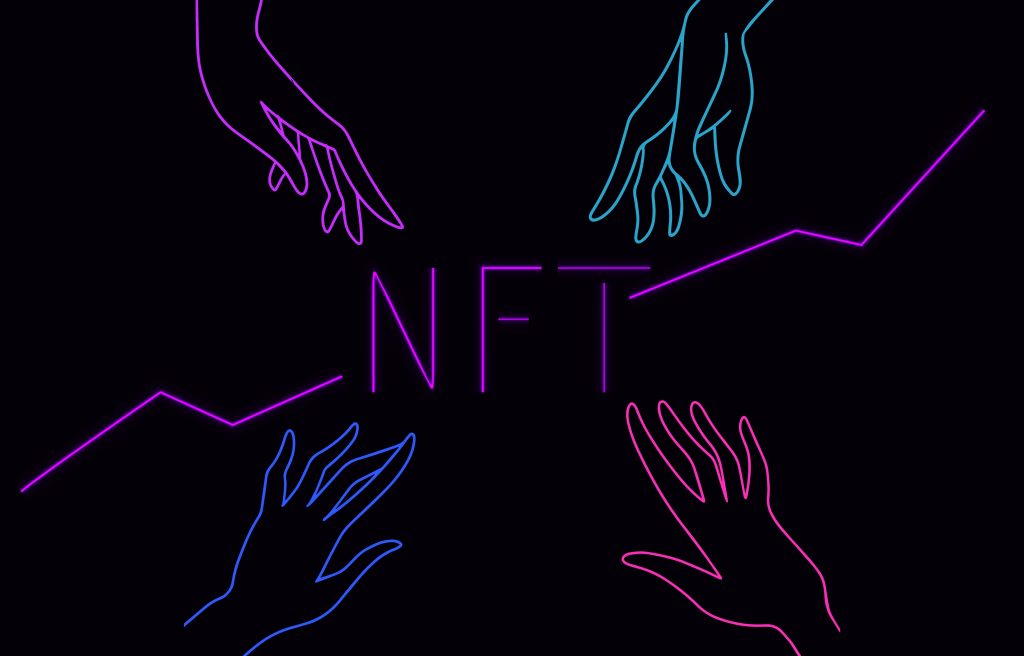In the last few years, the world of non-fungible tokens (NFTs) exploded with creativity, innovation, and possibilities. From rare collectibles to cutting-edge digital art, the market for NFTs is full of surprises. This article explores the most unique and popular NFT examples out there, providing a comprehensive list of NFTs by type.
From NFT art and collectibles to virtual event tickets, video games, and metaverse assets, this article highlights the potential of NFTs to revolutionize various industries and create new opportunities for artists to gamers.
NFT Examples by Type: A Comprehensive List
1. Collectibles and NFT Art
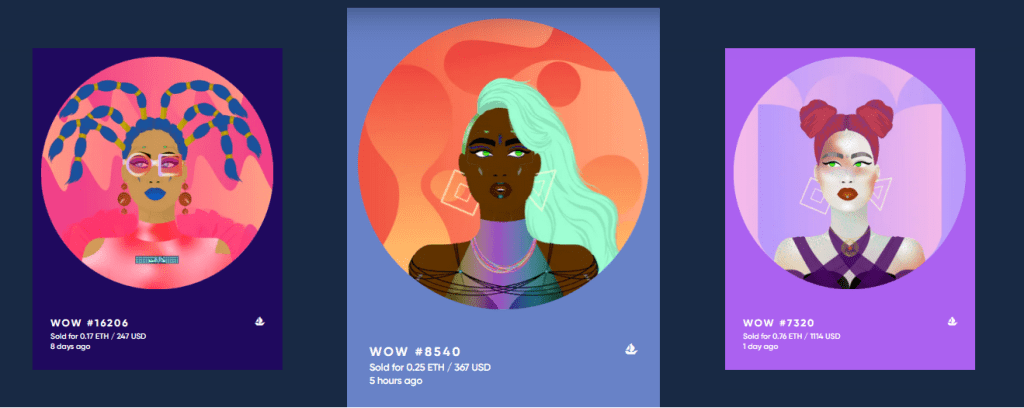

NFTs or non-fungible tokens have created a new and exciting market for artists and collectors, particularly in the areas of collectibles and NFT art. These digital assets can take many forms, ranging from simple 2D art to complex 3D sculptures, with the potential to include audio and video elements. NFT art is unique and can be sold for tens or hundreds of thousands of dollars, as demonstrated by examples like Pak’s “The Merge” and Grimes’ “WarNymph Collection,” which sold for $69 million and $6 million, respectively.
Additionally, NFT collectibles have also gained popularity, particularly in the sports trading card and memorabilia market, which has now expanded to the online space, thanks to projects like NBA Top Shot. These collectibles, like their real-world counterparts, can vary in rarity and value, making them attractive to enthusiasts and collectors who are willing to pay a premium to complete their collections.
NFT collectibles belong to a unique, randomly-generated set of characters, with each one being distinct from the other. The blockchain technology ensures the authenticity of these NFTs, making them even more valuable. Some collectible owners even use the images as profile pictures (PFP) on social media platforms like Twitter and Instagram, which now allow users to place actual NFTs as profile pics. Examples of collectible NFT art include BossBeauties, CryptoPunks, Azuki, and Doodles.
2. Virtual Event Tickets
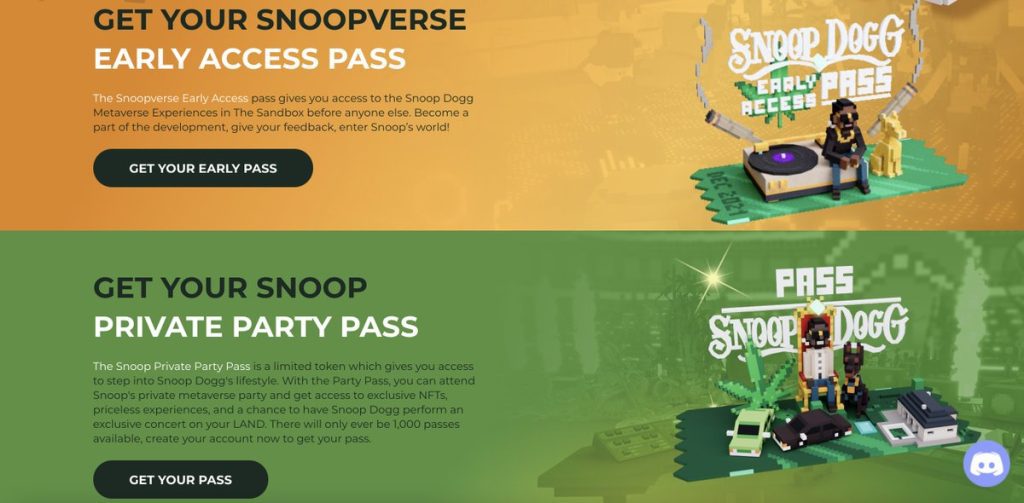

NFT ticketing is now being used as a way to build attendance tallies for both live and virtual events, allowing issuers to maintain a deeper record of attendance numbers, while also serving as a means of sending out notices and offering surprise giveaways to fans.
Virtual event tickets are a new type of NFT that allows NFT holders to access virtual experiences, including music concerts, gaming tournaments, and virtual meet-and-greets with celebrities. These tickets can be bought, sold, and traded like any other NFT. Furthermore, NFTs work efficiently as virtual event tickets for token gated events, serving as a virtual version of a badge or stamp of attendance for a particular convention, exhibition, or event. Each attendee can only receive one, making them rare and valuable.
However, NFTs also serve as Proof Of Attendance Protocols (POAPs) and can be granted to people after experiencing a physical or digital event. The blockchain maintains a record of each POAP’s first owner, adding to their value. Some exemplary NFT event ticket examples include Coachella, Las Vegas’ Afterparty, Swedish music festival Way Out West, and the first POAP tokens given to all attendees of the 2019 ETH Denver Convention.
The NBA’s “Top Shot” NFTs released in March 2021 allow fans to own and trade “moments” from classic NBA games. Another notable virtual event NFT is “Mars House,” a virtual reality house that sold for $500,000 in February 2021. With the advent of NFTs, event organizers and attendees can now use them for access control and authentication, providing a unique and exciting experience for fans.
3. Video Game and NFT
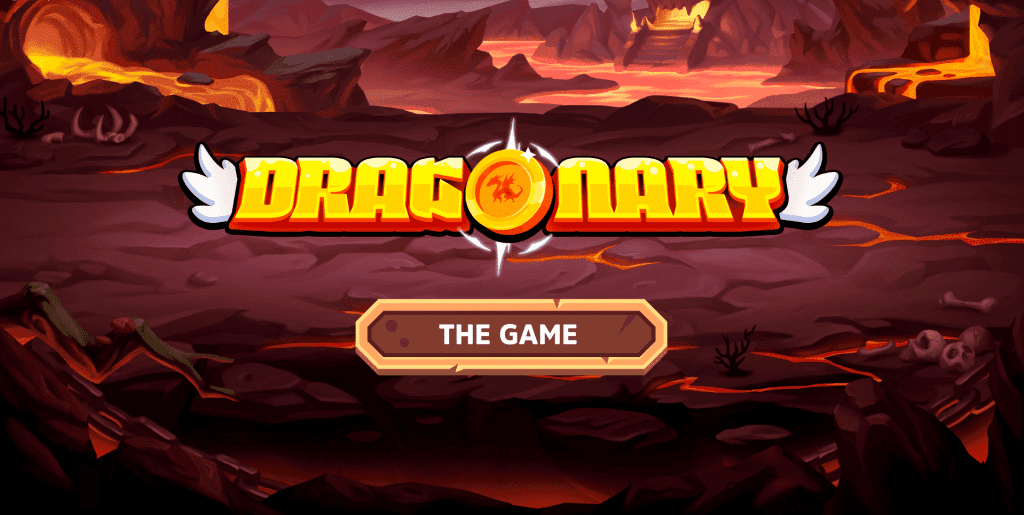

With NFT-driven play-to-earn (P2E) games, players can own in-game assets like skins, weapons, digital accessories, characters, and virtual land in the metaverse, and trade these digital assets to earn financial rewards. Popular P2E games include Axie Infinity, Gods Unchained, and Dragonary.
NFTs also have significant implications for the video game industry, where players have long relied on microtransactions and virtual items to enhance their gameplay experience. NFTs allow players to prove ownership of their characters or virtual items, and developers can use NFT technology to ensure the uniqueness or scarcity of each item. Games using NFTs can also use the play-to-earn model, where players may earn tradeable NFT in-game items or cryptocurrency with real financial value.
For example, NFT games with in-game items include Axie Infinity, Dragonary, and Cryptokitties. The scarcity and immutability of NFTs make them precious to players, who use them to research the history, legitimacy, and provenance of their objects, thereby increasing their value. The potential for NFTs to revolutionize the gaming industry is immense, with over 2.7 billion online players globally. As the concept of digital treasures is nothing new in the gaming industry, NFTs offer a new level of ownership and value to players, fostering thriving economies in the online gaming industry.
4. Metaverse Assets


NFTs are being used to create digital assets in virtual worlds and metaverses. These virtual assets function similarly to video game items and can be used to customize and enhance your virtual avatar. In the metaverse, virtual properties like real estate and buildings can be bought, sold, or traded as NFTs. Their scarcity is provable, and their ownership can be easily traced through the blockchain.
Metaverse assets are a type of NFT that represent virtual assets within a virtual world. These can include virtual real estate, avatars, and other virtual items that exist within a metaverse. Examples of metaverse NFTs include avatars on VRChat and Second Life, virtual real estate, virtual art galleries, and auctions.
One exciting collaboration in the metaverse space is between Spatial and Ready Player me, which brought unique “wearables” to the community. Collaborating with top designers like Vogue, Tommy Hilfiger, World of Women, and Krista Kim, they designed custom looks for Spatial RPM Avatars. This personalization of virtual avatars gives individuals a sense of identity in the metaverse, making it more comfortable to connect with others. RPM also has plans to allow consumers to create their own wearables and monetize them.
Likewise, wearables can be used as tokens to grant access to “token gated” events. For example, imagine having a black-tie event where only those wearing a specific digital tuxedo NFT can attend.
Examples of NFT items in the Metaverse include avatars on VRChat and Second Life, virtual real estate, virtual art galleries and auctions, meetings, and events hosted with virtual reality.
Finally, some crypto projects examples working on the metaverse are Decentraland, The Sandbox, and Cryptovoxels. It is so big that Facebook actually changed the entire business model to Meta.
5. Real-World Assets


One of the most promising applications of NFTs is for real-world assets. Real-World Asset NFTs (rwaNFTs) are backed by a physical asset, like a house, a piece of jewelry, or a work of art. These NFTs are similar to established NFTs but come with warranties, insurance, and legal documentation. The rwaNFTs can be traded or sold like any other NFT, providing new liquidity and investment opportunities for the real-world economy.
Examples of brands using rwaNFTs include Mattereum, Lohko Wallet, and Alfa Romeo proof of ownership.
Furthermore, NFTs could revolutionize the real estate industry. The property-buying process is often complicated and time-consuming due to intermediaries like estate agents, banks, notaries, and solicitors. NFTs can replace these intermediaries with smart contracts, allowing for safe and straightforward transfer of ownership. All ownership and rights history is recorded and committed to the Blockchain, where it can be readily verified. NFTs may also enable fractional property ownership, allowing owners to unlock value from illiquid assets and raise financing without having to go to a bank.
6. Domain Names
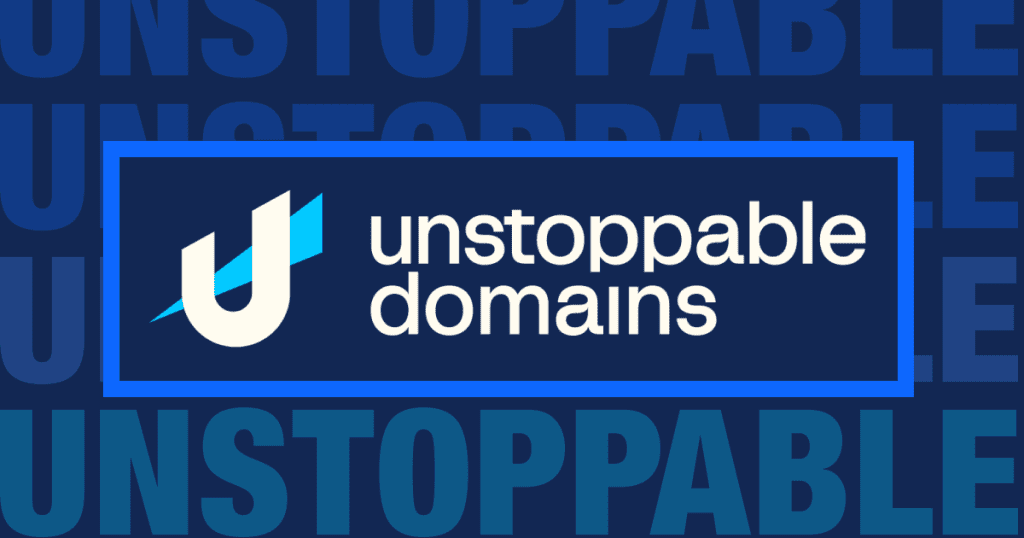

The centralized control of domain names by host providers has been a long-standing issue for many online businesses and entrepreneurs. However, the emergence of NFTs has provided a potential solution to this problem. NFTs are being used to represent and trade domain names, providing unique value and branding opportunities for businesses. Unlike traditional domain names, NFT domain names live on the blockchain and are stored in the owner’s wallet, providing sole control over domain management features.
Some of the prominent platforms like Ethereum Name Service and Unstoppable Domains have made it extremely simple for users to purchase and manage domain names for their websites, wallets, NFTs, and other digital assets. Some domain names like “beer.eth” acquired by Budweiser, are fetching hefty sums on the secondary market.
Moreover, once an NFT domain name is purchased, there are no renewal fees; it is owned for life, and no centralized entity can seize it from the owner. Users can add registration years to any existing name by paying the required fee, at any time, with no maximum limitation of the renewal duration. In short, users pay for how long they have it registered to them.
Entrepreneurs and businesses can use NFT domain names to launch and manage decentralized web content and websites. Investors have flocked to three- and four-digit ENS domain names, driving prices to hundreds or thousands of dollars.
Domain name NFT examples include Ethereum (.eth), Polygon Network / Zilliqa (.zil), Unstoppable Domains (.crypto), and Solana (.SOL). The potential for NFTs to transform the domain name industry is exciting, providing a secure and decentralized way to own and trade domain names.
7. One-of-one (1/1) Artwork
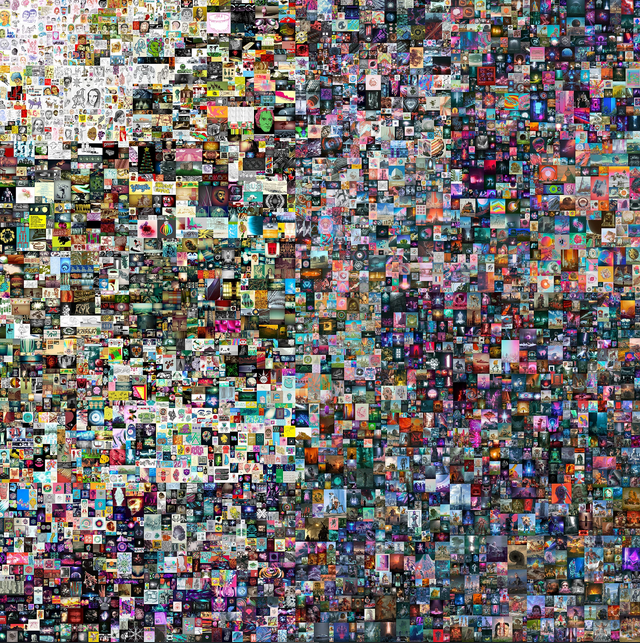

These pieces represent singular artworks that cannot be replicated or duplicated, making them incredibly valuable and rare. Some of the most famous NFT artists, including Beeple, XCopy, and Pak, have utilized this strategy to earn millions of dollars from their one-of-one NFTs. While other NFTs may have multiple editions with different mint numbers, one-of-one NFTs provide a level of authenticity and scarcity that is difficult to replicate.
Furthermore, One-of-one NFTs have a unique mint number that represents its singular edition. This means that no other NFT exists other than the one minted, making it an incredibly rare and valuable digital asset. These NFTs are typically among the ‘Legendary’ or ‘Top’ rarity tier when NFT projects launch, making them incredibly difficult to own. However, depending on the demand and what someone is willing to pay for them, the value of these NFTs can vary greatly.
The scarcity imposed by NFTs on digital goods has been a game-changer for the art world. Therefore, emerging artists can utilize one-of-one NFTs to provide new value and authenticity to their work. One-of-one NFTs can also be used to support emerging artists and provide them with a platform to showcase their unique talents.
In addition to art, one-of-one NFTs can also be used in the gaming world to create unique in-game assets that cannot be replicated or duplicated. These assets can provide gamers with a sense of ownership and exclusivity that is difficult to replicate in the physical world.
Overall, one-of-one NFTs represent a new frontier for digital assets and collectibles. NFTs are changing the way we think about value and authenticity in the digital world.


